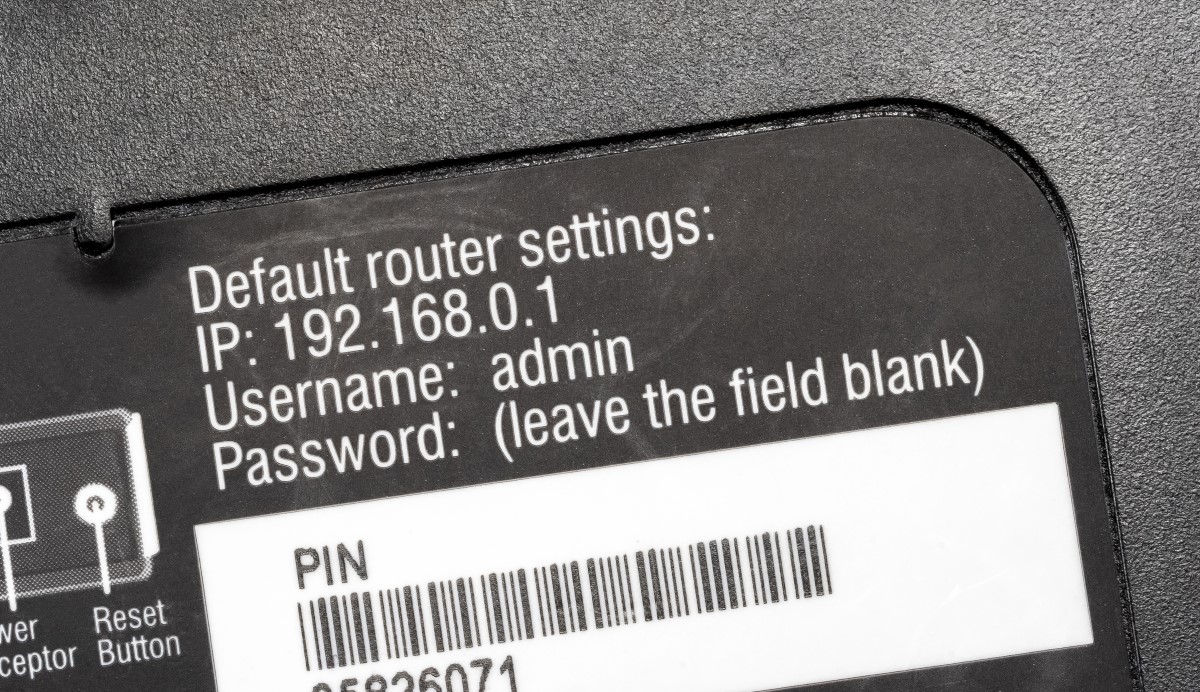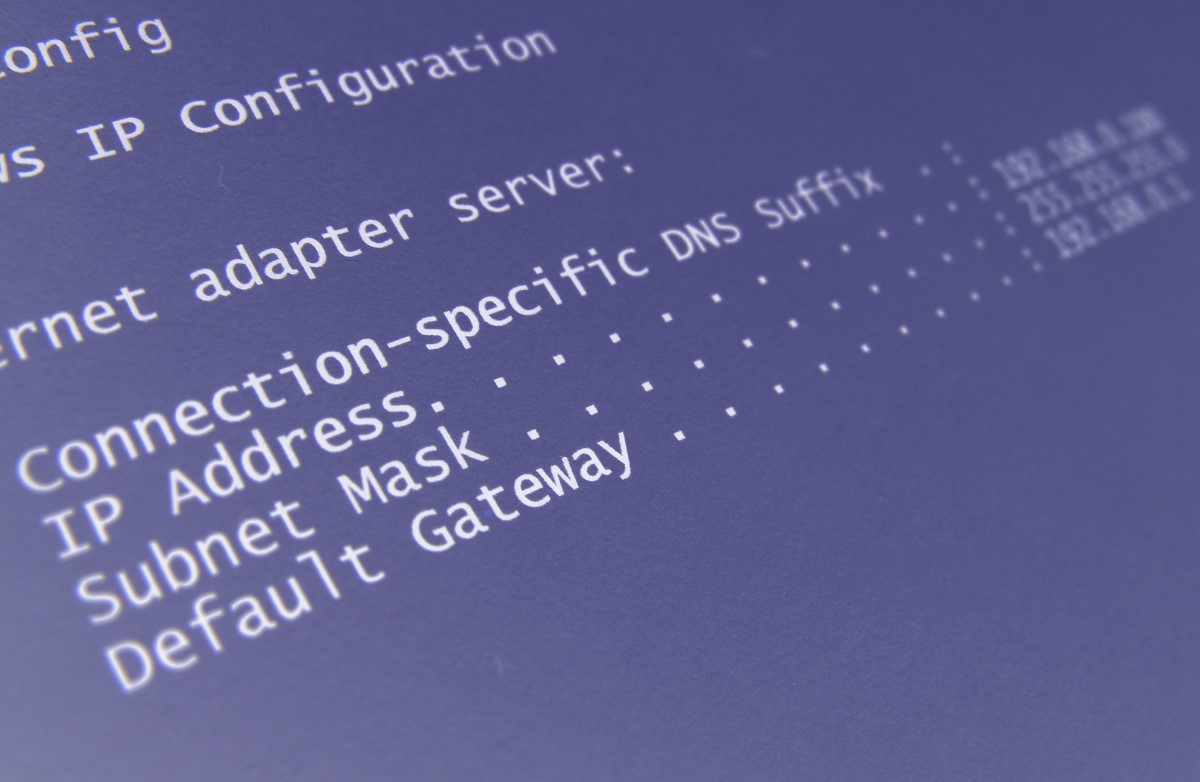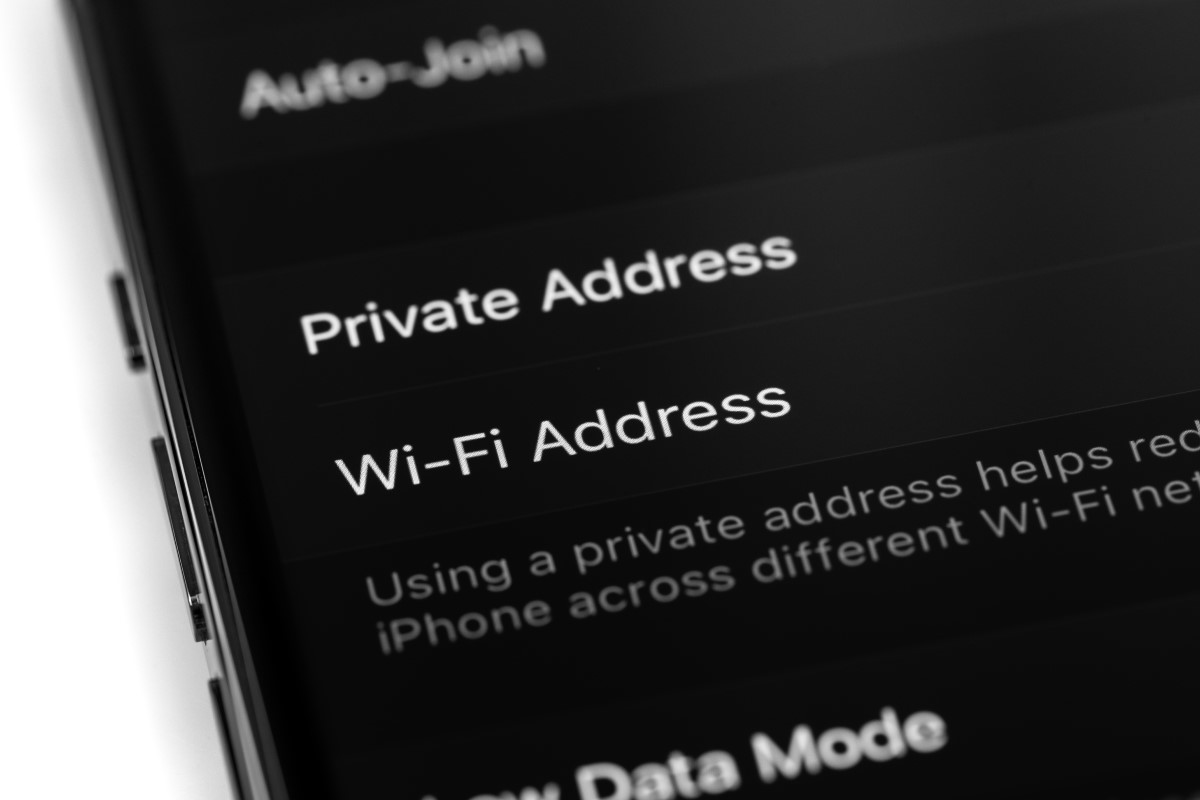Blog | Securing your home network: A guide to safe online surfing
In our homes today, everything from our phones to fridges wants to connect to the internet through our Wi-Fi networks, and we’re handling about 8 devices per household. So, keeping our Wi-Fi safe isn’t just about a strong password anymore; it’s much more than that. As we shop online, watch shows, or work from home, our private data such as passwords goes through our Wi-Fi. It’s like guarding a moving treasure chest of personal information.
Think of your Wi-Fi router as the bouncer of a night club, deciding who’s allowed in. However, unlike a real club, Wi-Fi signals can reach your neighbours. If too many people know your password, they might sneak onto your network, putting your private data at risk. So, it’s not just about a strong password; it’s also about watching who joins your Wi-Fi connection to keep it safe from online prying eyes.
Crafting a Secure Haven: How can you safeguard your home network?
Change your default Wi-Fi (Network) name and password
The first and the most important step is to change the default username and password provided by your Wi-Fi company. These default credentials are like an open door for hackers who can easily find them online. If they get in, they can take over your network, leaving you locked out. Customising your username and password adds a layer of defence. It makes it harder for hackers to figure out whose Wi-Fi they’re dealing with and break in. Remember to pick a strong password with a mix of letters, numbers, and symbols. This way, you’re throwing a tough puzzle at potential troublemakers, keeping your Wi-Fi safer and your digital space more secure.

Revamp your router’s admin credentials
Getting into your router’s settings is common, but using default usernames and passwords can be risky. These generic admin login details are often known to many and give control over your network, making it easy for someone to access and alter your settings. To stay safe, change these credentials. Look for the default ones in your router’s booklet or on the manufacturer’s website so you can change the admin password to something strong, like a mix of letters and numbers that’s at least 12 characters long. If this sounds complicated, consider using a password manager to help you. That way, you’re in control and keeping your network secure.
Welcoming guests securely: Establish a dedicated Wi-Fi network for visitors
When friends or family drop by, we often hand over our Wi-Fi password as a courtesy. But let’s be real – trusting everyone’s gadgets might not be the best idea. That’s where a guest network comes in handy. It’s not about being suspicious; it’s about keeping personal data private. This separate network keeps your secrets safe, shielding your devices from any accidental downloads that your guests might do. It’s like a VIP section for your gadgets, especially those IoT devices that are cool but might be a bit easier for hackers to infiltrate. So, next time someone asks for your Wi-Fi, give them the guest pass – it’s like a digital velvet rope for your privacy.

Activate firewall and router encryption
Activate your router’s built-in firewall and encryption features for a digital defence upgrade. It’s like putting a protective shield around your online space, keeping out potential threats and ensuring your data stays confidential. This will keep you just a click away from a safer, more secure digital experience.
Change the default router admin IP address
Change the default IP address of a router admin console to something less common. Just follow these steps:
- Log into your router using your admin credentials.
- Go to the login page and enter your username and password.
- Choose “Network” and then “LAN” from the menu.
- Pick a new IP address and save the changes.
This adds an extra layer of defence against potential hackers.

Guarding your territory: Disable remote access to your router
Secure your router by disabling remote access. By default, routers often allow remote access to their consoles, meaning anyone on the internet could potentially access them. Ensure that only devices connected to your network can access the router’s console, minimising the risk of unauthorised access from external sources.
Keep your router updated
Make sure your router’s software is up to date for a secure internet connection. Check for updates on your router’s website or console every month, just like changing your Wi-Fi password. Also, pay attention to news about big virus attacks – they can trigger updates from the router company to fix any vulnerabilities. After hearing about such attacks, visit your router’s website to get the latest security updates and keep your network safe.
Safe travels, safe network: Power down during extended absences
Think about turning off your Wi-Fi when you’re away It might seem a bit bothersome, especially without a handy app, but here’s the thing – it’s a small effort that goes a long way in keeping your data safe and your network secure when you’re not at home.
Invisible shields: Hide your Wi-Fi network name (SSID Broadcast)
Make your home network more secure by hiding its name. Go to your router’s settings online, find Wi-Fi Security Settings, click on SSID, and choose Hide Wi-Fi. Save the changes, and now your network will be shown as “Hidden Network.” To connect, you will need to type its name manually. This extra step adds a bit more security and makes difficult for the attacker to guess your network name.
Cybersecurity 101: Educate your household on network safety
Ensure your family is on the same page about network safety. Stress the importance of strong Wi-Fi passwords and updating them regularly. Teach them to be cautious online—avoid clicking on suspicious links and sharing sensitive info. Keep it simple, keep it safe.

Prioritizing the security of your home network is crucial for safeguarding valuable data. These steps are designed to be user-friendly, even for those not well-versed in technology. It is essential to be mindful that wireless network security may have vulnerabilities and is susceptible to potential exploits. Stay vigilant, stay informed, and make cybersecurity a priority in your digital life.
Further reading
For comprehensive guidance on staying safe online, take a look at our Cybersecurity e-book and our Cybersecurity 101 blog which delve deeper into essential tips and strategies for safeguarding your digital presence.
Ramesh Jaiswar works within our Application Support & Development team.